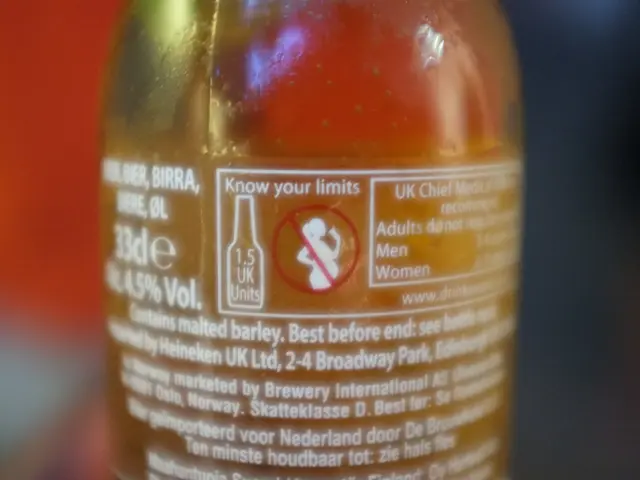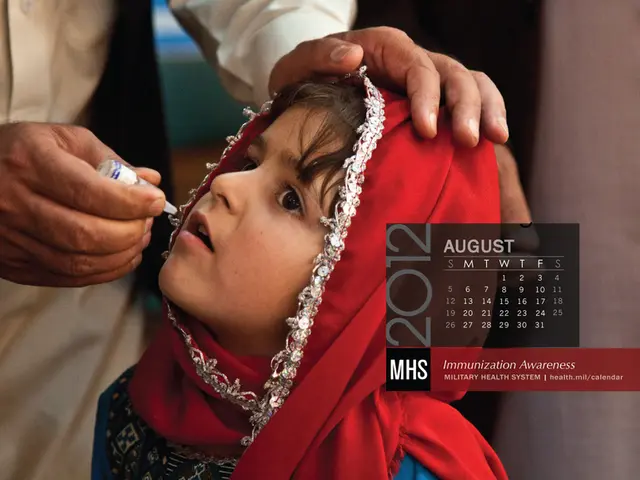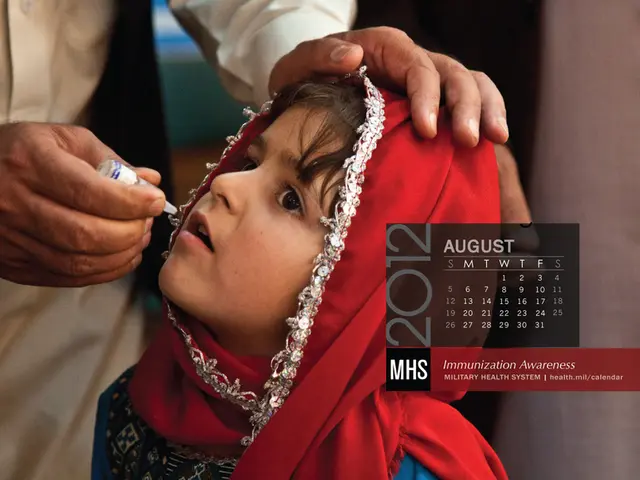Recognizing aged spots from skin cancer: Identifying key distinctions
In our daily lives, we might come across those pesky spots on our skin that seem to pop up as we age. These are known as age spots, but they can often resemble certain types of skin cancer. Here's a breakdown of the key differences, symptoms, and what you should do if you notice anything unusual.
Age spots, also called solar lentigines or liver spots, are small, darker patches on the skin that develop due to excess melanin production, a response to sun exposure. They are usually flat and smooth, with clearly defined borders. Typically, they appear on light skin and become more prominent with age.
In contrast, skin cancer is a type of growth that can develop on the skin and should be taken seriously. Skin cancer develops from damage caused by UV radiation or other environmental or genetic factors, causing skin cells to mutate and grow rapidly. Unlike age spots, skin cancer can be harmful and may spread to other parts of the body.
The three most common types of skin cancer are basal cell carcinoma, squamous cell carcinoma, and melanoma. Another mark that might be mistaken for an age spot is actinic keratosis, a precancerous growth that can develop due to UV radiation damage.
Although age spots and skin cancer may appear similar, there are differences in their symptoms, which can help identify which condition is present. Age spot symptoms include:
- Flat, smooth spots that are yellow, brown, or gray
- Well-defined borders
- Size varying from a few millimeters to centimeters
- Location on sun-exposed areas like the face, hands, shoulders, feet, arms, and back
Skin cancer symptoms can vary, but potential signs of a cancerous growth include:
- Asymmetrical shape
- Irregular, blurred, or ragged edges
- Change in color, size, or shape over time
- Multiple colors on the same spot
- Red, pink, purple, black, or brown coloring
- Raised, red patches
- Pale or yellow firm patches, similar to scars
- Pain, itching, oozing, or bleeding
- Crusty or scaly patches
- Raised edges that lower in the middle
For age spots, no treatment is necessary because they are harmless. However, some people may choose to opt for cosmetic treatments like creams, lotions, laser treatments, cryosurgery, microdermabrasion, or chemical peels to reduce their appearance.
If you notice any unusual changes to your skin, it's essential to consult a doctor for a thorough examination. Diagnosing skin cancer early can improve the chances of a successful treatment outcome. If a mark on your skin changes in color, shape, size, or location, persists beyond four weeks, or looks different from other marks on your skin, contact a healthcare professional immediately.
- Seniors often develop age spots, which are harmless and commonly mistaken for other skin cancer types, such as melanoma.
- In oncology, skin cancer is a concern due to its potential to spread and become harmful, unlike age spots.
- Dermatology can help identify skin conditions, including skin cancer, by recognizing symptoms like asymmetry, ragged edges, and persistent changes in color, size, or location.
- Health and wellness considerations should involve regular self-examinations and prompt medical consultations for any suspicious skin-care issues, including skin cancer and its precancerous growth, actinic keratosis.
- Beyond treating age spots for cosmetic purposes, it's crucial to prioritize medical-conditions like skin cancer through early detection and diagnosis for favorable health-and-wellness outcomes.








